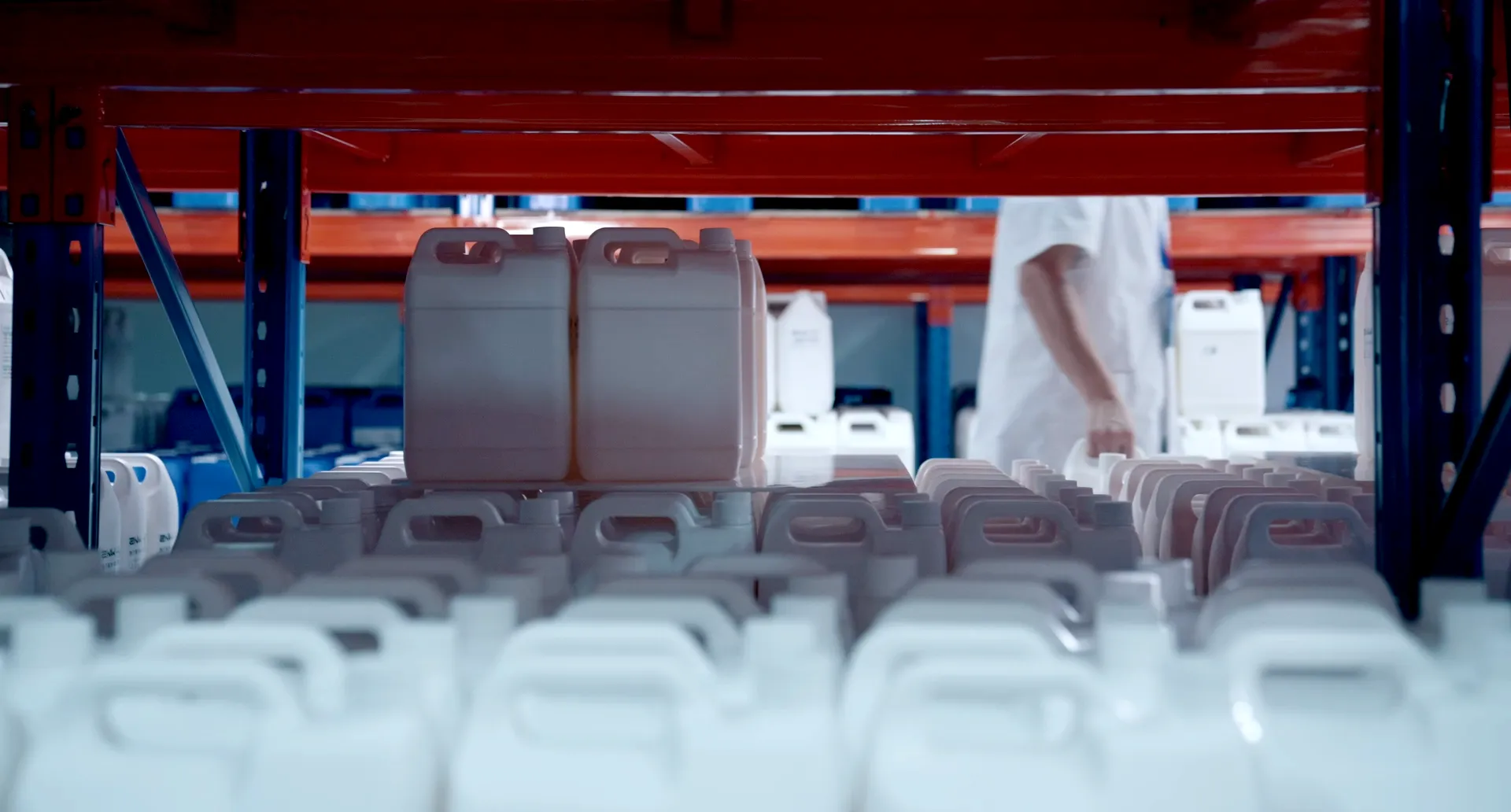
How many traditional cigarettes does one bottle of e-cigarette liquid equal?
E-cigarettes and traditional tobacco use different raw materials. Traditional cigarettes use tobacco leaves, while e-cigarettes use e-liquid. For those who are new to e-cigarettes or already use them, a question may arise: Does using e-cigarettes increase or decrease smoking compared to traditional cigarettes?
To answer the question of how many traditional cigarettes one bottle of e-liquid equals, a formula is needed to calculate the equivalent relationship between e-liquid and cigarettes. Under the current new national standard for e-cigarettes, e-liquid, also known as vape juice, mainly consists of propylene glycol, vegetable glycerin, GB 101 monomer, tobacco extract, and nicotine salt. After e-liquid is injected into an e-cigarette, the atomizer in the device heats up and produces a vapor similar to cigarette smoke. After e-liquid is atomized, it does not produce substances like tar or carbon monoxide that are produced when cigarettes are burned, but e-liquid, like cigarettes, contains nicotine.

Therefore, the equivalent relationship between e-liquid and cigarettes can only be calculated from the perspective of nicotine content. On the side of a cigarette box, the nicotine content is usually marked, and the nicotine content of different brands of cigarettes is different. Taking Yuxi cigarettes as an example, the nicotine content of each cigarette is 1.0 milligram, and one pack of cigarettes is 30 milligrams. If the e-liquid has a concentration of 3 milligrams/milliliter, the nicotine content of each milliliter of e-liquid is equivalent to that of about 3 cigarettes. If the e-liquid has a concentration of 6 milligrams/milliliter, the nicotine content of each milliliter of e-liquid is equivalent to that of about 6 cigarettes. Other concentrations can be calculated similarly.
It should be noted that the fact that 1 milliliter of e-liquid has the same nicotine content as 3 cigarettes (taking cigarettes with a nicotine content of 1.0 milligram per cigarette and e-liquid with a concentration of 3 milligrams/milliliter as an example) does not mean that their nicotine delivery efficiency is also the same when inhaled by the body. Some e-cigarette liquids have a higher nicotine delivery efficiency, which means that e-liquids with low nicotine content can also better relieve nicotine addiction.

We will contact you as soon as possible









